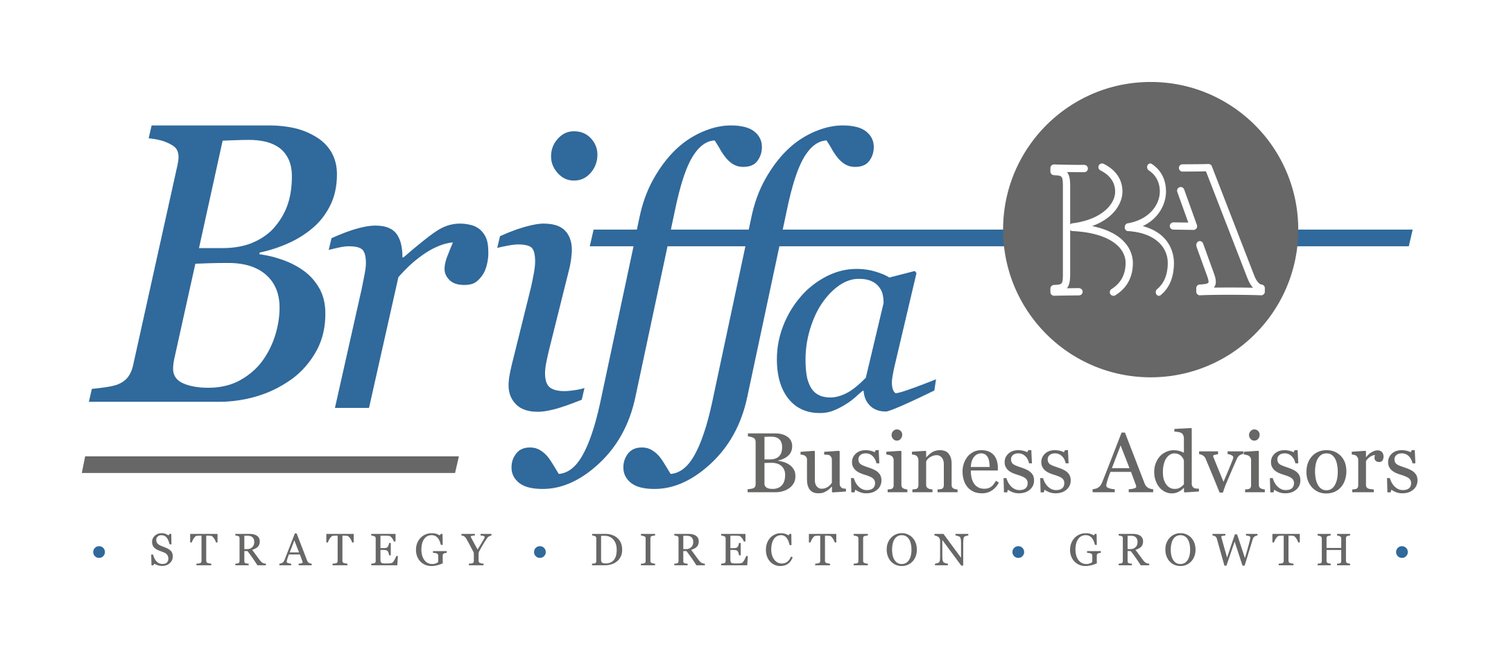Choosing the Right Structure for Your Business: What You Need to Know
When starting a business, one of the most important decisions you’ll make is choosing the right business structure. It’s not just a legal formality—it affects your tax obligations, personal liability, operational flexibility, and growth potential.
Getting this decision right from the beginning can save you money, reduce risk, and provide a strong foundation for your future.
Why Structure Matters
Your business structure determines:
How you pay tax
Your personal liability
How profits are distributed
Your reporting obligations
How you can raise capital
How easy it is to bring in partners or sell the business
Let’s break down the most common structures in Australia (similar principles apply globally with variations).
1. Sole Trader
✅ Best for: Low-risk startups, freelancers, and sole operators
A sole trader structure is simple and affordable to set up. You’re the business, and you control it completely.
Pros:
Easy and low-cost to set up
Minimal reporting requirements
Full control over business decisions
You keep all profits
Cons:
Personally liable for all debts
Limited tax planning options
Harder to raise external funding
Limited scalability
2. Partnership
✅ Best for: Two or more people starting a business together
A partnership is a relatively straightforward arrangement between two or more people who share profits, responsibilities, and liabilities.
Pros:
Shared financial commitment
Simple structure with shared control
Broader skills and resources
Cons:
Shared liability (including partner mistakes)
Can lead to disputes without a formal agreement
Not ideal for fast growth or external investment
💡 Tip: Always have a written partnership agreement.
3. Company (Pty Ltd)
✅ Best for: Growing businesses, those seeking investment or limiting liability
A company is a separate legal entity from its owners (shareholders), offering protection of personal assets and greater flexibility.
Pros:
Limited liability for directors and shareholders
More credibility with investors and suppliers
Tax-effective profit distribution options (e.g. dividends)
Easier to raise capital
Cons:
Higher setup and ongoing compliance costs
More complex reporting obligations
Directors have legal responsibilities
4. Trust
✅ Best for: Asset protection and tax flexibility (especially family businesses)
A trust is a structure where a trustee manages assets or a business on behalf of beneficiaries.
Pros:
Potential tax benefits and income splitting
Protection of assets from creditors or legal claims
Flexibility in profit distribution
Cons:
Expensive to establish and maintain
Complex legal and compliance requirements
Not suitable for all business types
💡 Tip: Always seek professional advice when setting up a trust.
How to Choose the Right Structure
Ask yourself:
How much risk is involved? (e.g. personal liability)
What are your short and long-term goals?
Will you need to raise capital or bring in partners?
How important is asset protection and tax planning?
Do you plan to scale or sell the business?
It’s not always easy to know what structure is best on your own—that’s where professional advice makes all the difference.
Final Thought
The right business structure is not just about ticking a box. It’s about aligning your setup with your goals, protecting yourself, and building the best possible foundation for success.
Need Help Choosing the Right Structure?
At Briffa Business Advisors, we work with startups and growing businesses to ensure their structure supports their goals—now and into the future. From sole traders to complex corporate groups, we guide you through the setup and ongoing obligations.
Feel Free to contact for a obligation free discussion.
